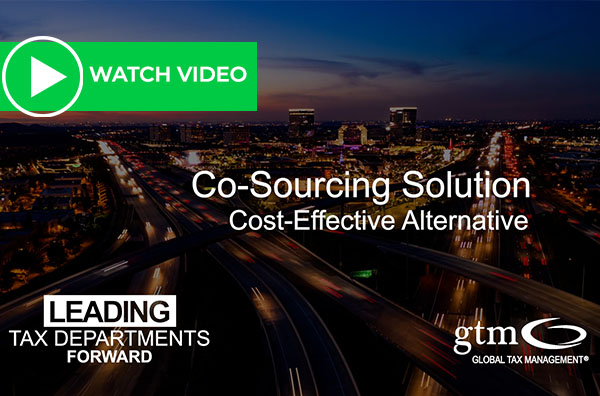Private Equity firms have faced an array of tax challenges and changes over the past few years. Some of these tax changes include the Tax Cuts and Jobs Act of 2017, Supreme Court’s South Dakota v. Wayfair decision of 2018, and now the Inflation Reduction Act of 2022. PE firms and front-line portfolio companies are accustomed to navigating uncharted territory. However, unprecedented economic uncertainty, mounting competition, and increasing stakeholder expectations have introduced new levels of risk and potential liabilities regarding sales tax.
The key to circumventing this risk and potential liabilities is to identify and mitigate them before a transaction occurs. This aids in avoiding audits and potential financial penalties imposed on the seller during a merger transaction.
Sales Tax and Risk
There is a very tangible cost when it comes to managing sales tax. When portfolio companies lack certain sales tax controls, they frequently overlook potential risks and liabilities that should be addressed ahead of the due diligence process related to the sale. When the buyer ultimately assesses risks and liabilities and identifies them at the closing table, the valuation and selling price could be negatively impacted. The seller may be required to set funds aside as a contingency to pay for potential liabilities. By this time in the process, it is too late for remediation. Also, once those funds are transferred, they are a sunk cost for the seller, whether the liability is ultimately realized or not. The reduced valuation and additional payments can cost firms millions of dollars depending upon company size being purchased.
In almost all cases, the up-front costs associated with addressing these issues are significantly lower than the financial penalties that are imposed at the back end of the sale.
Risk Assessment for PE Firms & Portfolio Companies
Identifying potential risks and liabilities ahead of the sale is less complicated than it may seem. In the ordinary course of business, well ahead of any transaction, PE firms and portfolio companies must answer the following high-level questions with certainty:
- Is sales tax being collected from customers on taxable sales in all required jurisdictions?
- Is the taxability of products and/or services reliably determined on a state-by-state basis?
- Are customer exemption certificates collected and managed on an ongoing basis?
- Is there audit risk related to sales tax due on purchases? Has tax been paid on those purchases?
These questions can be answered by performing the following five-step process.
Step 1: Perform a nexus study to determine the jurisdictions where you have an obligation to collect tax.
The following questions must be asked regarding each state:
- Does the company maintain a physical location/office in this state?
- Is inventory maintained in this state?
- Are services performed at customer locations within this state?
- Do affiliates maintain a physical location/office within this state?
- Is an economic threshold met for sales in this state?
Step 2: Perform a taxability study on your products and services to determine if your sales are taxable.
In order to understand if a company should be charging sales tax, you must review the company’s products and services for taxability. Each state’s tax regulations vary, and items and services may be taxable in one state but not in another. Therefore, you must understand state sales and use tax laws and what may or may not be taxable.
Step 3: Collect exemption certificates from exempt customers.
In the event that a company does not charge sales tax on taxable products and services, customer exemptions must be maintained and archived in case of audit. If a company cannot produce customer exemption certificates under audit, liability may ensue.
Step 4:Based on the results of steps 1 through 4, estimate and calculate potential liabilities.
Step 5: Take steps to remediate any identified risks and potential liabilities. These may include:
- Filing voluntary disclosures with the state to pay back taxes if needed.
- Collecting missing/outstanding exemption certificates from customers.
- Collecting any back taxes from customers as needed.
In addition to the above, steps should be considered to address sales tax due on purchases. To learn more on tax due on purchases the related sales and use tax process, click here.
GTM Can Help
GTM has been engaged by private equity firms to implement risk assessment programs. Contact Us to find out how we can help create long-term value for your firm.



